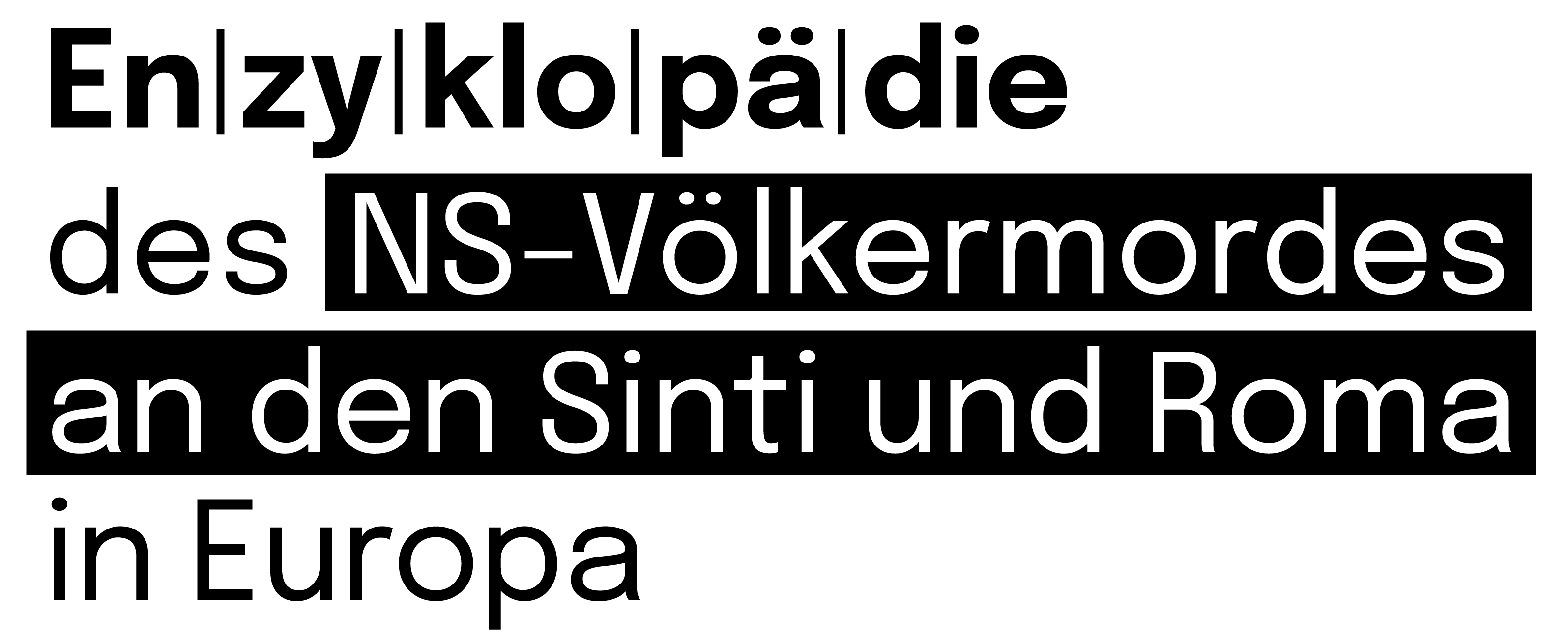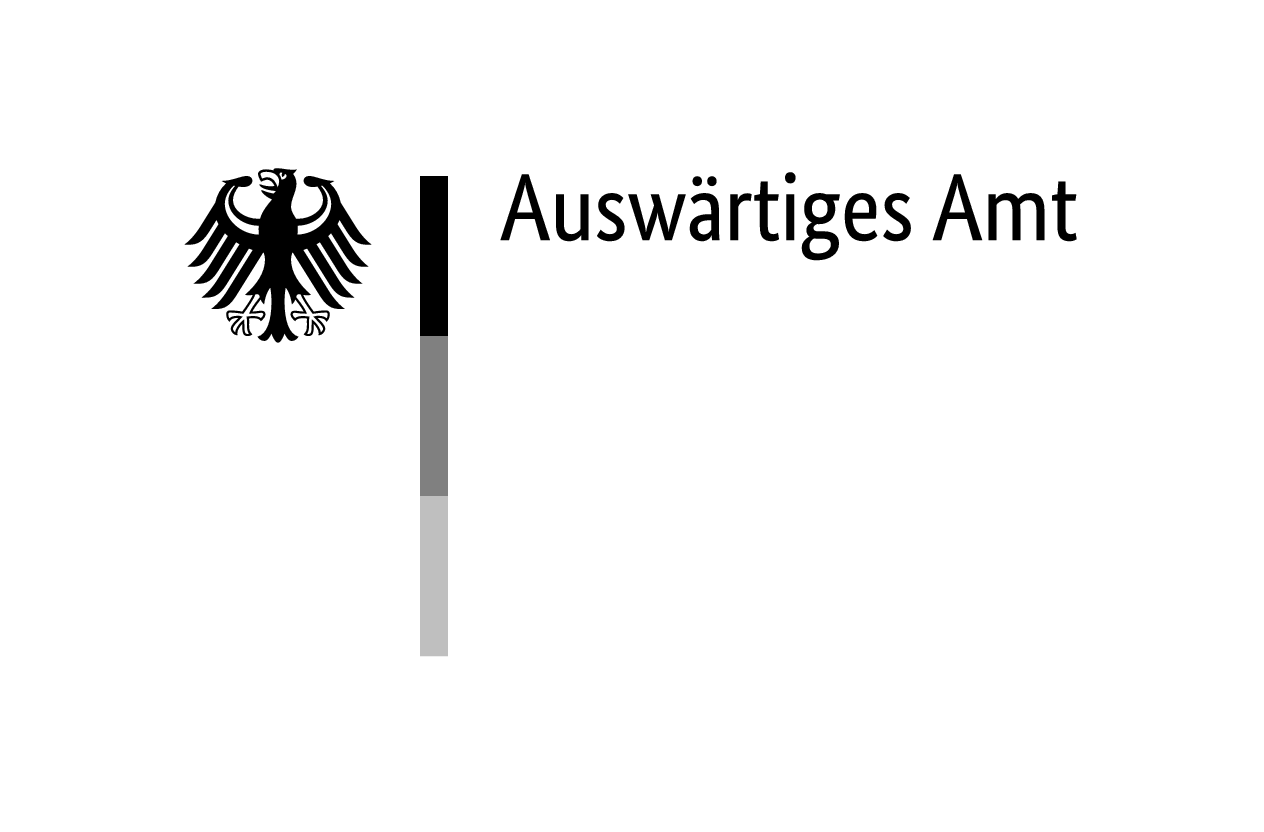The prison in Pärnu, officially designated a concentration camp for political prisoners, served as a police detention facility for local Jews and Roma in German-occupied Estonia during 1941–42. Originally built and used as a warehouse, the building was purchased by the English businessman and exporter, Thomas Bett, in 1891. As a result it was known locally as Bett’s Barn [Beti Ait].
Murder of the Jewish Population
The prison at 2 Vana-Sauga Street became operational as early as 11 July 1941. It was originally run by the Estonian auxiliary police, Omakaitse, and employed 27 guards. The arrests of Jews began instantly, and so did mass killings. The special commando of the Estonian Security Police murdered 22 Jews—all but two men—on 13 July, and as many on 26 July. The mass murder of Jewish women began on 25 October (25 victims) and continued on 2 November (33 victims). That same day, the police units killed 28 Jewish children. Mass murders took place at different locations around the city: Papiniidu railway station, Reiu Forest, Rae Forest, and a local synagogue. Altogether, 137 Jews (18 of them originally from Latvia) lost their lives at Pärnu.
Imprisonment and Murder of Roma
Among the prisoners in Bett’s Barn were also Roma. As of 29 September 1941, Pärnu prison held 302 inmates, including 87 Jews and 50 Roma. All but nine of the Roma resident in Pärnu province on the eve of the German occupation were now in custody. Those Roma had been arrested in accordance with the order issued on 18 September 1941 by the Head of the Army Group North Rear Areas, Franz von Roques (1877–1967). The order obliged ‘sedentary‘ and ‘itinerant‘ Roma to carry out forced labour and placed them under police surveillance. Later, other individual Roma fell into the hands of the police and were interned in Pärnu prison. The police arrested Karl Koslovski (1905–unknown) from Tori parish on 7 February 1942, for example.
Pärnu Roma remained incarcerated in the town through early spring 1942. Just one individual, 61-year-old Sophie Siimann (unknown–1941), died while in prison, on 6 October 1941. On 20 January 1942, five Roma youths staged an escape from Pärnu prison. Prison guards rapidly apprehended three of them, Juhan Koslovski (1922–1942), Robert Mitrovski (1921–1942), and Karl-Alfred Mitrovski (1919–1942), while Richard Eamets (1926–unknown) and Karl Koslovski (born 1924 or 1925–unknown) managed to flee. Before 6 March 1942, the police transferred all 48 Roma from Pärnu to Harku prison camp. There, on 27 October 1942, they were murdered along with 195 other Roma.
The Locality Today
In 1970, concerned citizens installed a memorial plaque commemorating the murdered Jewish prisoners at Bett’s Barn. In 2011, Pärnu city government filed a proposal to proclaim it a landmark building. The former prison building is currently being converted into a block of flats by a property company. The building’s previous use as a prison is not mentioned in the promotional material.




